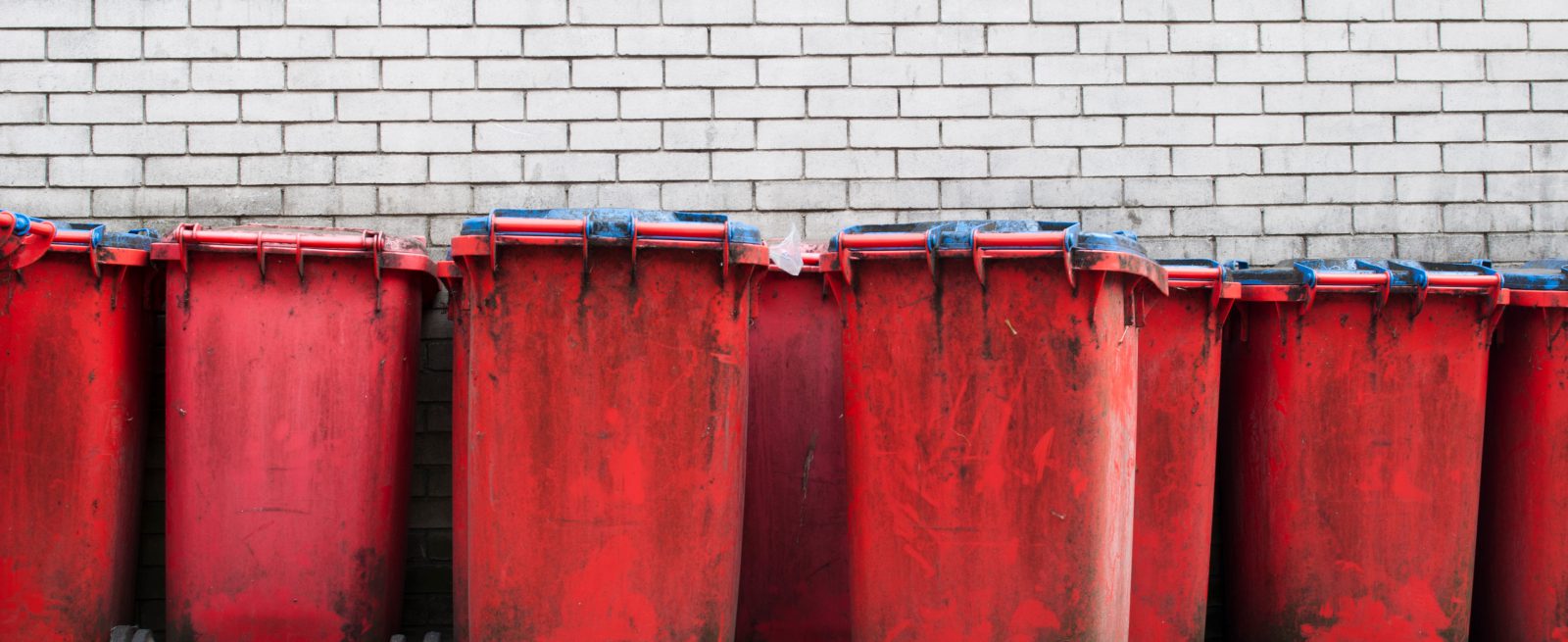Adding Up the Cost of Food Waste to Restaurants and Landfills
3 Min Read By Iain Milnes
Curious and hungry, patrons arrive at your restaurant expecting fresh culinary creations on your menu; with the emphasis on fresh.
Inevitably, dishes are prepared that go unsold; a common problem even for restaurants offering a limited menu. Often these dishes must be discarded. By the very nature of a commercial restaurant vs. a private kitchen, patrons are not interested in eating whatever you have available to serve. Thus, we have a food waste issue that is ongoing for most restaurant managers.
While your operation carefully evaluates your purchasing system, have you considered how much it costs to throw food away? By example, a 50-pound carton of cabbages may cost $10. But to throw it away, it can cost you one-third of that or more.
1.3 billion tons of food is wasted annually worldwide.
The process of dumping waste food into large garbage containers, periodically dumping it into an outdoor container, and paying to have it taken to a landfill is a dirty, sometimes dangerous, and increasingly expensive. It is a wasteful use of person hours, and in some jurisdictions it can become costlier with fines imposed by local and state governments. Whilst we hope to minimize the waste in the first place, the second place to look for savings on the bottom line is to reduce the costs of disposal.
In some cases, the excess can be sent to a food bank, but that isn’t always possible. In most places where landfill bans are in place, the cost of disposal increases because waste food is then hauled further to a compost facility or an anaerobic digestion facility.
New York City, where large producers of waste food now come under scrutiny, is joining a number of states and jurisdictions that are no longer allowing food waste sent to a landfill. New York officials instated a green initiative requiring large-scale commercial food establishments to separate their organic waste and divert that waste from the landfill. Next year, the law applies to smaller producers. The legislators recognize that global warming is here, that rotting food in a landfill is bad for the environment, and they want to make sweeping changes with the major contributors first.
It’s a tall task at hand: food scraps and other organic material makes up one-third of all commercial waste in the New York City. The proposal – expected to divert 50,000 tons per year of food waste – laid out an ambitious plan to send zero waste to landfills by 2030. But where will the waste go instead?
New York’s aggressive approach is impressive, but at what point does practicality come into play?
It’s unclear how the commercial food establishments are going to comply – the best option is composting, but that’s impractical in a city there are no compost facilities nearby that can handle all the waste that needs to be sent.
New York isn’t the only city that needs to take action – similar initiatives have been enacted in Austin, TX and California and I expect the green movement to spread throughout the nation. My company, Power Knot, is helping cities and major businesses nationwide, but there is a long way to go in reducing the global carbon footprint.
A short-order, yet long-term solution is needed as time winds down before these companies must comply. The plight is a familiar one to all large scale food producers and one that helped spur our creation of the LFC (Liquid Food Composter), designed to digest up to 4,000 pounds of waste food per day and help businesses better understand and manage company resources while reducing waste.
The LFC is a machine that digests the waste food on site. Compared to a stainless steel stomach, it can digest whatever is fed to it and the waste product created exits to a sewage system where it can often be used as fertilizer. The LFC is an alternative to traditional means of disposal of organic material that is growing in recognition by the hospitality industry.
Such machines have been in use in Korea and Japan for decades, and over the past five years, hundreds have been installed in the U.S. as well. The technology is proven and is deployed by large institutions as well as smaller facilities. Aerobic digestion is used to dispose of the waste as the kitchen’s operation calls for it. Therefore, the unit, often the size of a large desk, can be located in the kitchen: there’s no smell and no need for deodorizers.
By sending less waste tonnage to the landfill, the LFCs pay for themselves over time and the greatest benefit is decreasing the amount of landfill waste and reducing the carbon footprint.
Approximately 1.3 billion tons of food is wasted annually worldwide and food composting – on the global level – is where the $85 billion solid waste, recycling, organics, and sustainability industry is going within two years. Try to imagine a future in a community where landfills are shrinking in size, trucks are kept off our streets, and the sanitation of popular restaurants is improved. It would be a win-win for the restaurant and the community.


